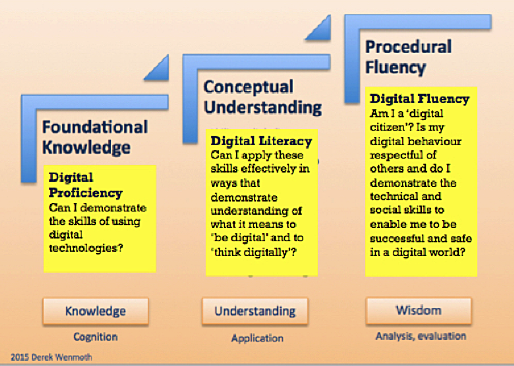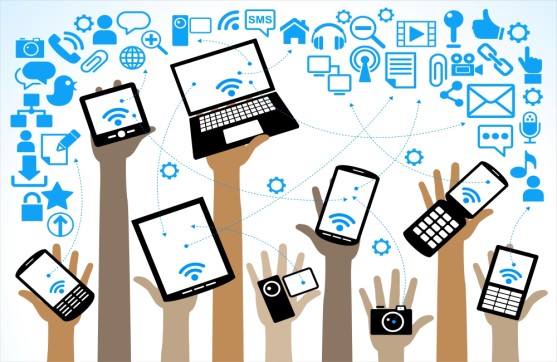Week Seven: Digital Fluency
As part of growing up we are taught how to become fluent in language. We are taught the basics like being able to read and write where we can develop skills to be able to communicate and have conversations with others in everyday life. This is possible to do as we are constantly learning and developing new skills, knowledge and techniques to make connections and better understand the world in which we live. Whilst reading Teaching with ICT by Jenny Howell in regards to digital fluency, it became apparent that educators still need to provide opportunities for students to be successful in their learning.
‘Many of our policy documents mention the requirement for school and the education system as a whole to prepare individuals to be lifelong learners. (Howell, J. 2012 pg. 140)
But what does it mean to be digitally fluent? “Fluency’ derives from the word ‘flow’ and when we think about being ‘fluent’ in any context, it refers to being flexible, accurate, efficient, and appropriate.” (Karen Spencer, 2015) Just like when we are taught basic literacy skills we now need to transfer that knowledge into a digital world. This can be achieved by teaching students, the foundations of digital technology for example how to copy, cut and paste information into a word document, how to save work and re access it and how to use programs to there full potential. After the scaffold has been put in place it allows the students to explore new programs with the basic knowledge they have been taught to work out how different programs work and how to extend on these foundation skills.
As teachers we need to make sure that we are allowing our students to have the opportunities to explore new programs while in the classroom, a space where they are free to ask questions, take calculated risks in a safe environment, work collaboratively with other students and explore on their own to cultivate their digital fluency
References:
Howell, J (2012) Teaching with ICT : Digital Pedagogies for Collaboration and Creativity Retrieved from http://ebookcentral.proquest.com.dbgw.lis.curtin.edu.au/lib/curtin/detail.action?docID=1986003
Karen Spencer (2015) What is a digital fluency?. Retrieved from https://karenmelhuishspencer.com/2015/10/30/what-is-digital-fluency/




